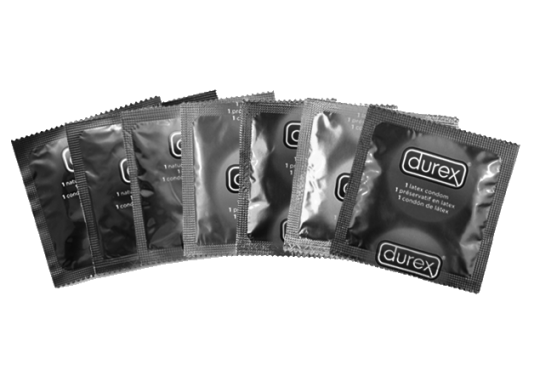Genital piercings have been a longstanding taboo in American society. As a result many myths and assumptions exist about piercings themselves as well as the bodies of those to whom they belong. While they may not be for everyone, many of those who have decided to partake in piercing their privates have found euphoria with increased sensation to their already sensitive areas. But every piercing has its critics, so here are a few commonly cited facts and falsehoods about getting your goodies blinged out.
Typical piercings for someone with a vagina generally are focused around the clitoral hood in order to minimize damage and increase sensation to the clitoris itself. Clitoral hood piercings can be done both vertically and horizontally, and the vertical piercing tends to leave the recipient with greater sexual stimulation due to its placement. Rings can also be placed on the inner as well as the outer labia; however, these piercings are more for decoration than increased stimulation.
There are much different options for genital piercings for someone with a penis, but in general the placement is based on optimal sexual arousal as well as aesthetics. The most popular male genital piercing is commonly referred to as the Prince Albert, which is inserted through the external urethra and appears on the outside again where the glans and the shaft come together. Another variant of the penile piercing is Jacob’s Ladder, which includes several barbell piercings around the perimeter of the penis.
Anyone has the option to pierce the nipples in order to increase sexual stimulation or simply for decoration. Piercing the nipples, if done correctly and well taken care of, does not lead to an inability to breastfeed in most people with breasts, and some studies have shown that newborn infants even prefer pierced nipples to those that are left jewelry-free. Additionally, nipple piercings can be a happy medium if one wants to increase sexual stimulation without having a more invasive piercing on their pubic sex organs.
Many myths prevail in common discourse about genital piercings in spite of their increased popularity among those who are by and large a part of mainstream society. Genital piercings are no longer, and possibly never have been, an endeavor made solely by those who wish to portray an overtly kinky persona, such as many original proponents of punk culture who most famously indulged in that which was considered sexually taboo. The likelihood today is that many people you know may already have some genital ornamentation which they only wish to share with sexual partners.
Other myths center on the health consequences of piercing your genitals. There is no concrete evidence that genital piercings are any more or less painful than other piercings. Yes, there are more nerve endings in the genitals; however, sticking metal through any part of your body will cause some pain or discomfort. This is where the concentrated forces of endorphins and adrenaline kick in to lower the pain you feel in the moment and give you the “high” some people report after getting piercings or tattoos.
Additionally, genital piercings are no more or less likely to get infected than any other piercing, and, as long as you go to a reputable piercer and follow any aftercare instructions, the likelihood of getting an infection is minimal.
While genital piercings are seen by some as a counterculture move made by those on the fringes of society, the reality is that this type of ornamentation is simply a move to increase sexual stimulation and change the appearance of one’s genitalia based on personal preference. Getting any piercing should be your decision, made soberly with thought given to possible issues that may arise in the future from a long-lasting body modification. If you find yourself intrigued, talk to a piercer or ask around and, if you’re polite, you may end up finding out useful information from someone who has firsthand experience in the matter.






